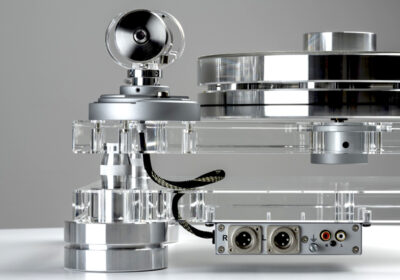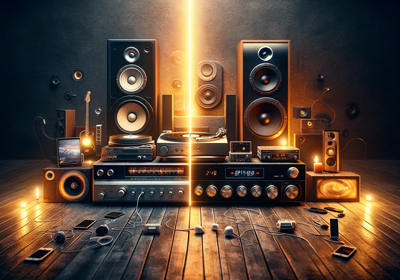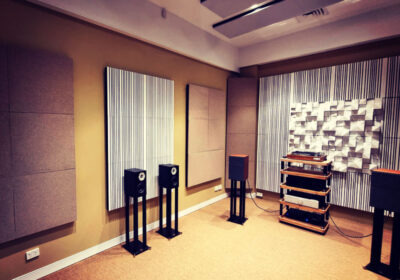The new 8K Anthem MRX 1140 and MRX 740 AV receivers have been with us for a few weeks, and we have just received the upgrade kits for non-8K Anthem models this week (full kudos to Anthem for providing an upgrade path for their receivers). We already have the 8K capable receivers from Yamaha and Marantz on our shelves.
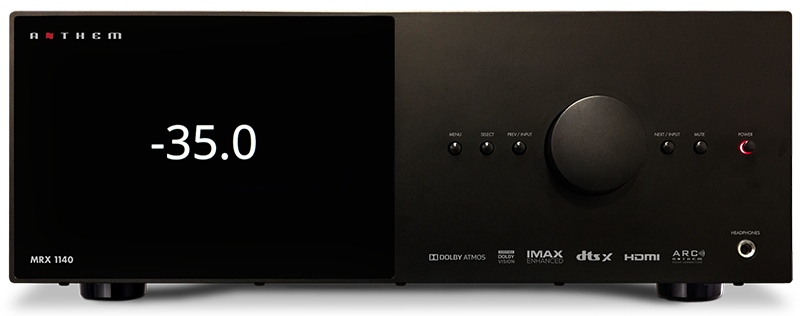
There is, however, still a question regarding the future of 8K – are we seeing a repeat of 3D or curved screens, both of which burst onto the market with a flurry of publicity, to quietly fade away into oblivion soon after?
Selling an AV receiver that is not 8K compliant is challenging. Nobody wants yesterday’s technology – but having purchased an 8K receiver, what do you do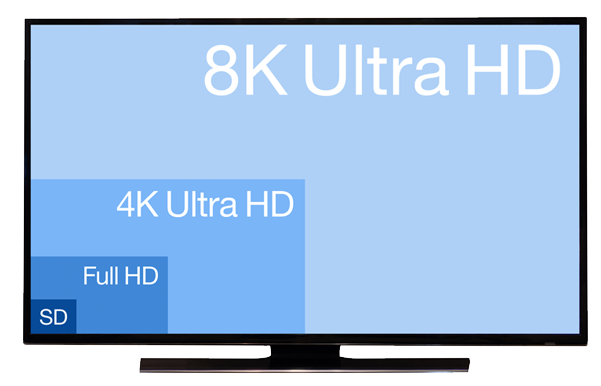
The problem is also more significant than the lack of content – even if the content was readily available, there is a question of getting it to your screen. Tactile disc manufacturers have stated that they will not develop an 8K version of Blu-Ray in this streaming era. Most home networks have difficulty streaming 4K content, let alone the demands of 8K. The reality is that the primary benefit you will currently get from an 8K screen is its ability to upscale a 4K source to 8K. It’s not true 8K, but it is an improvement – sort of.
Another impediment is the recent EU energy efficiency ruling which could effectively ban the most power-hungry electronics, with 8K TVs implicated. It’s early days, and the EU is only a (large) part of the market, but this ruling could also impact the future of technology.
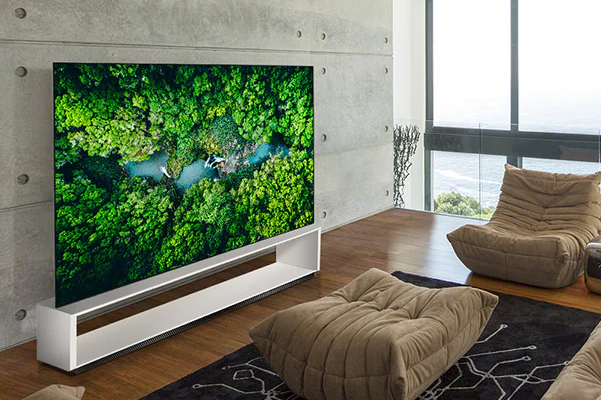
These issues have obviously had an impact on the manufacturers themselves. The annual Consumer Electronics Show in Las Vegas is an excellent barometer of what is hot and what we can expect our future to look like. Recent shows have been awash with 8K screens and announcements of impending releases. This was not the case this year. 8k was conspicuous by its absence, with only Samsung putting any promotional muscle behind the technology.
As many of you know, we are avid fans of LG, and they are about to release their C3 range of OLED screens. The performance of the current C2 series is as close as you can get to the heyday of the Pioneer and Panasonic plasma screens (and you get the smarts thrown in) – we are expecting no less from the C3 series. This new series will include an 88″ 8K screen priced at a cool $50k. There will be no 8K models on the smaller screens now.
One reviewer commented that by the time (and if) 8K becomes commonplace and affordable, it will be time to upgrade the screen you buy today anyway and suggested that, for now, be content with the current – and excellent – crop of 4K offerings.
We tend to agree.


